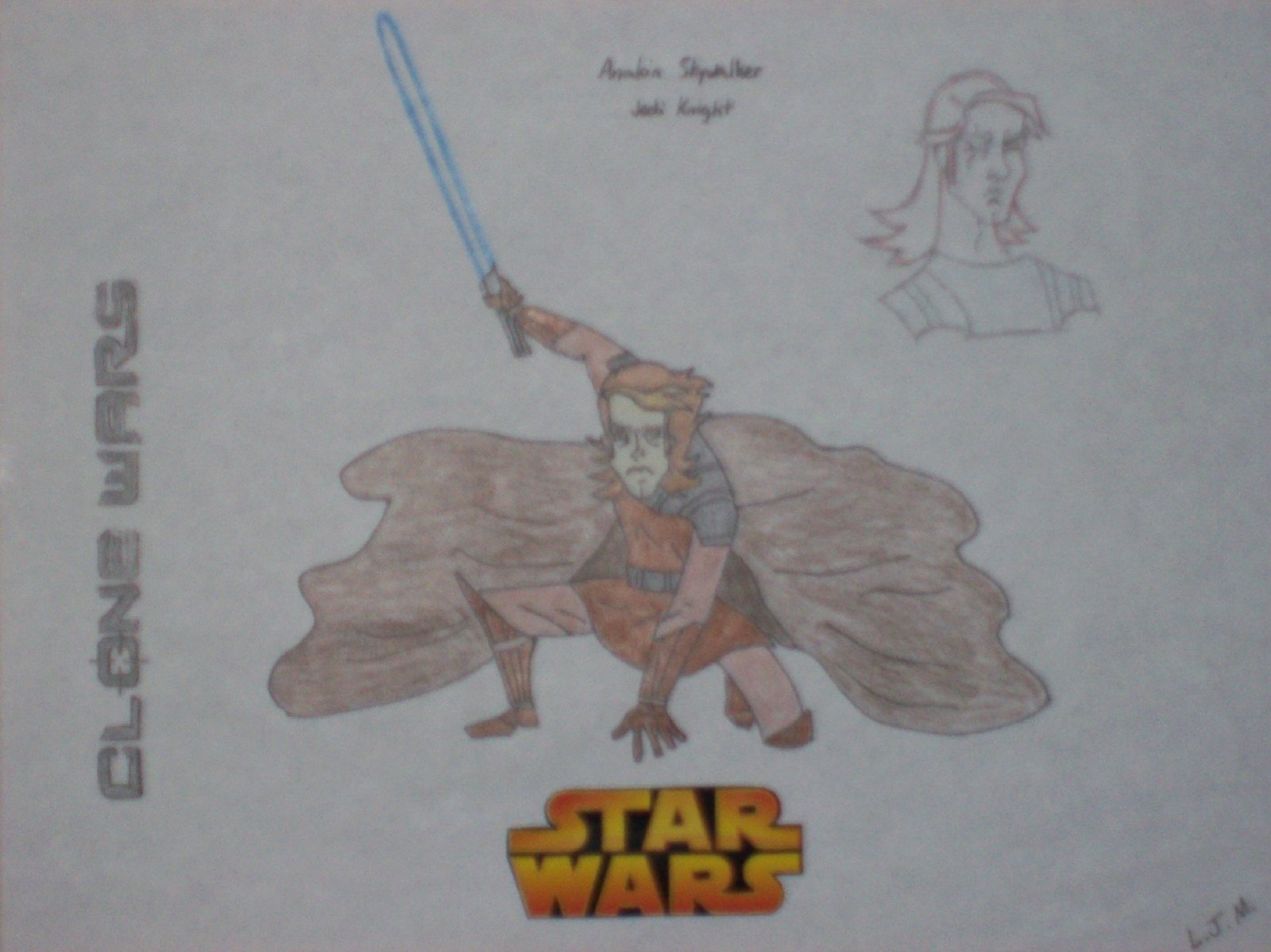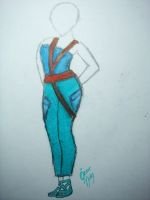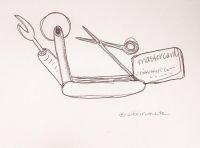What Is an Artist Brand, Really?
Understanding how to build an artist brand that feels authentic is one of the most transformative steps in becoming not only visible—but memorable—in today’s creative landscape. Your brand is more than a logo or bio—it’s a consistent reflection of your values, style, and vision across every touchpoint, from your artwork to your email signature. When done right, branding becomes an extension of your creative identity, not a separate costume you wear.
In this post, we’ll explore actionable steps to create an artist brand that reflects who you are and connects genuinely with your audience.

credit: lmanero77
An artist brand is the emotional and visual fingerprint that distinguishes your creative voice in a crowded world. It includes:
- Your visual style and medium
- Tone of communication (voice, captions, copywriting)
- Core themes and artistic values
- Presentation across platforms (website, social, shows)
An effective brand builds trust, recognition, and a sense of connection—qualities that lead to loyal collectors, collaborations, and opportunities.
Start With Self-Discovery, Not Strategy
Branding that feels authentic starts with asking: Who am I as an artist? Before thinking about colors or fonts, reflect on:
- What themes show up across your body of work?
- What emotions or messages do you hope people feel when they engage with your art?
- What motivates your process—curiosity, activism, healing, wonder?
- Who are you trying to connect with?
Use freewriting, vision boards, or mind maps to define your tone, values, and focus before trying to package anything visually. Honesty at this stage is gold.
Define Your Artistic Voice
This is the feeling or “signature” that your audience recognizes. It can be visual, verbal, or conceptual. Consider:
- Do you lean toward bold colors and kinetic energy, or muted tones and intimate moments?
- Is your writing playful and casual, or poetic and philosophical?
- Do your works speak through symbolism, realism, abstraction?
Your voice doesn’t have to be loud to be clear. You’re aiming for consistency, not conformity.
Craft a Visual Identity That Matches Your Voice
Now you can start thinking about visual elements that mirror your personality and creative goals. This includes:
- Logo or wordmark: Simple, recognizable, and legible across platforms
- Color palette: Choose 2–4 core colors that reflect your artwork’s mood and translate well digitally
- Typography: Clean, aligned with your tone (serif for elegance, sans serif for minimalism, etc.)
- Website layout: Reflects both functionality and aesthetic (grids, white space, image-first navigation)
Keep things flexible—your branding should evolve with your work, not lock you into a style forever.
Tell a Cohesive Story Across Platforms
Authentic branding happens when someone moves from your Instagram to your website to your email and feels the same presence throughout.
Ways to unify your brand experience:
- Use the same avatar/logo and username across platforms
- Maintain consistent colors and tone of language
- Share behind-the-scenes content that reinforces your values or process
- Use highlight reels, blog categories, or pinned posts that echo your brand pillars
Think of each platform as a chapter in the same book—not a separate story.
Use Brand Pillars to Guide Your Content
Brand pillars are 3–5 key themes or values that guide your content and communication. Examples:
- Environmental storytelling
- Mental health through art
- Abstract minimalism
- Nature, texture, and time
Once you define these, you can rotate through them when planning posts, writing blogs, or speaking in interviews. This keeps your messaging focused and grounded.
Don’t Try to Be for Everyone
The urge to please every possible audience often leads to diluted branding. Instead:
- Embrace your quirks—what makes your process different?
- Speak to your ideal viewer or collector, not the broadest one
- Say “no” to collaborations or content ideas that don’t align
- Let your niche emerge organically rather than chasing trends
Authenticity grows when you allow your true values and personality to shape how your art lives in the world.
Make Space for Evolution
Authentic doesn’t mean static. As your style changes, your branding should too—but gradually and intentionally. Let your audience grow with you.
Tips for graceful evolution:
- Preview shifts in work through storytelling
- Use newsletters or captions to bring your audience behind the curtain
- Update colors or visual elements one at a time
- Archive outdated content instead of deleting it outright

Sketchbooks.org | ART REPORTING | NEWS
Now in German, Spanish, French, Portuguese, Arabic, Swahili, Hindi, Simplified Chinese, and Japanese
Now in 9 Languages! Sketchbooks.org is proud to announce a major leap forward in accessibility and global creative connection Native-language Landing Pages: our platform is now available in German, Spanish, French, Portuguese, Arabic, Swahili, Hindi,...
Frequently Asked Questions
Do I need a logo to have a brand?
Not necessarily—your visual consistency and tone are more important than a logo alone.
What if my art style is still developing?
Start with your values and personality; your visual identity can adapt as your style matures.
Should I hire a designer to build my brand?
If budget allows, it can help—just be sure to provide deep input so it reflects you authentically.
How do I know if my brand feels authentic?
It should feel comfortable, aligned with your voice, and easy to maintain without performing.
Can I use my personal name as my brand?
Absolutely—many artists use their name as the anchor and build tone and visuals around it.
What platforms should I focus on?
Choose 1–2 that align with where your audience naturally engages—quality over quantity.
Is it okay if my art spans multiple subjects or styles?
Yes—but frame them under a shared voice or intention to avoid fragmentation.
How often should I update my branding?
Refresh when your work or message evolves significantly—usually once every 1–2 years.
Final Thoughts
Learning how to build an artist brand that feels authentic and true to you isn’t about inventing a persona—it’s about refining and amplifying what’s already there. The most magnetic artists show up consistently with work that resonates, wrapped in clarity, not perfection.
Start from your values, create visuals that echo your voice, and stay rooted in your truth. When your brand flows from within, it won’t just attract attention—it will build connection, trust, and lasting creative impact.

credit: richardwilliam
Ready to Share Your Work?











Stop trying to “fit in” and start leaning into the weird.
I already had a brand—I just wasn’t naming it.. d
brand is more than a palette—it’s a perspective.